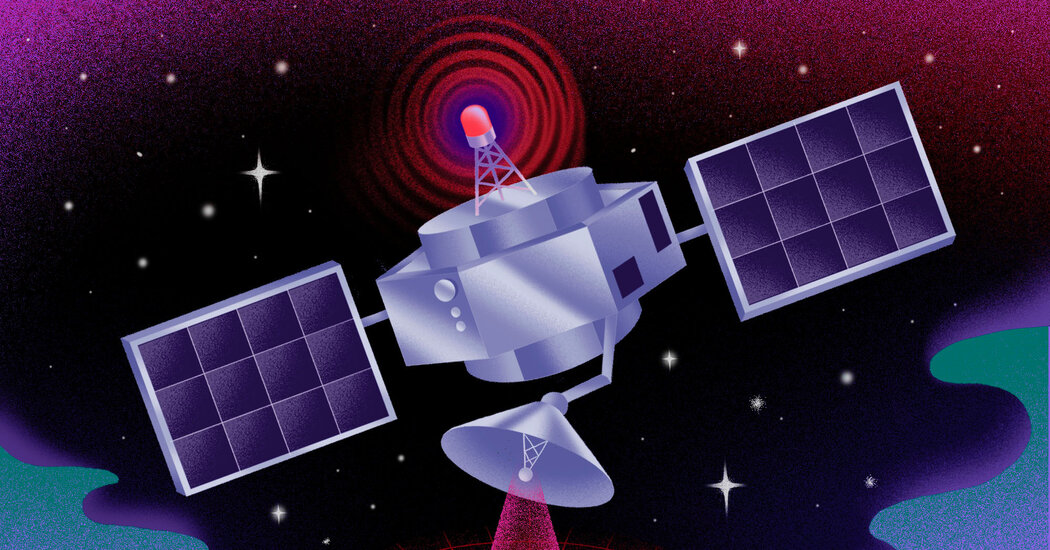
At the same time, across the Arctic, permafrost is thawing, raising alarms that the warming ground could release an enormous cocktail of greenhouse gases into the atmosphere. The well-founded fear is that this will create a positive feedback loop, fueling and accelerating global warming.
What’s clear is that Earth’s carbon cycle is changing. It’s worrisome that we don’t fully understand how these changes are shaping Earth’s future in the short term. Our current capability for sporadic observations could easily miss small changes in the climate system — the so-called tipping points — that could cascade into catastrophes.
We urgently need an international partnership to develop a high-resolution and high-fidelity Earth observation system. This would involve new satellites and ground-based monitoring stations that feed their data to high-performance computers to predict events.
Recent efforts are attempting to fill the predictive gap with a combination of physics-based and artificial-intelligence-based models. But near-real-time measurements are needed to increase forecasting accuracy. Today’s capabilities are woefully inadequate to provide that data because the majority of Earth-observing satellites are operating well beyond their design lifetimes and most of those have no replacements planned.
With its intense focus on climate change, the Biden administration should convene climate scientists in federal and state agencies, national laboratories, academia, the private sector and nonprofits to draft a plan for an advanced Earth observation system. The idea would be to sharpen our ability to monitor the environment, make the data available to the scientific community and expand our predictive capability well beyond what it is today to forecast extreme weather events generated by the warming climate.
As a bonus, this new system could also verify whether countries that signed the Paris climate agreement are meeting their goals to limit their greenhouse gas emissions.
Russian roulette is a dangerous game. The chances of tragedy are high. So are the perils in the short term with climate-influenced weather events. That’s why we need an early warning system that can identify the locations and magnitude of these threats. The return on these investments will be in lives and economies saved. It ought to be a top priority for global cooperation.
Abhishek Chatterjee is an earth scientist with the Universities Space Research Association and the NASA Goddard Space Flight Center; William Collins is a professor of earth and planetary science at the University of California, Berkeley; David Crisp is an atmospheric physicist at the Jet Propulsion Laboratory at the California Institute of Technology; and Arun Majumdar is a professor of mechanical engineering at Stanford and was a top official in the Energy Department during the Obama administration. (The views expressed here do not represent the position of NASA or the federal government.)
The Times is committed to publishing a diversity of letters to the editor. We’d like to hear what you think about this or any of our articles. Here are some tips. And here’s our email: letters@nytimes.com.
Follow The New York Times Opinion section on Facebook, Twitter (@NYTopinion) and Instagram.

Average Rating